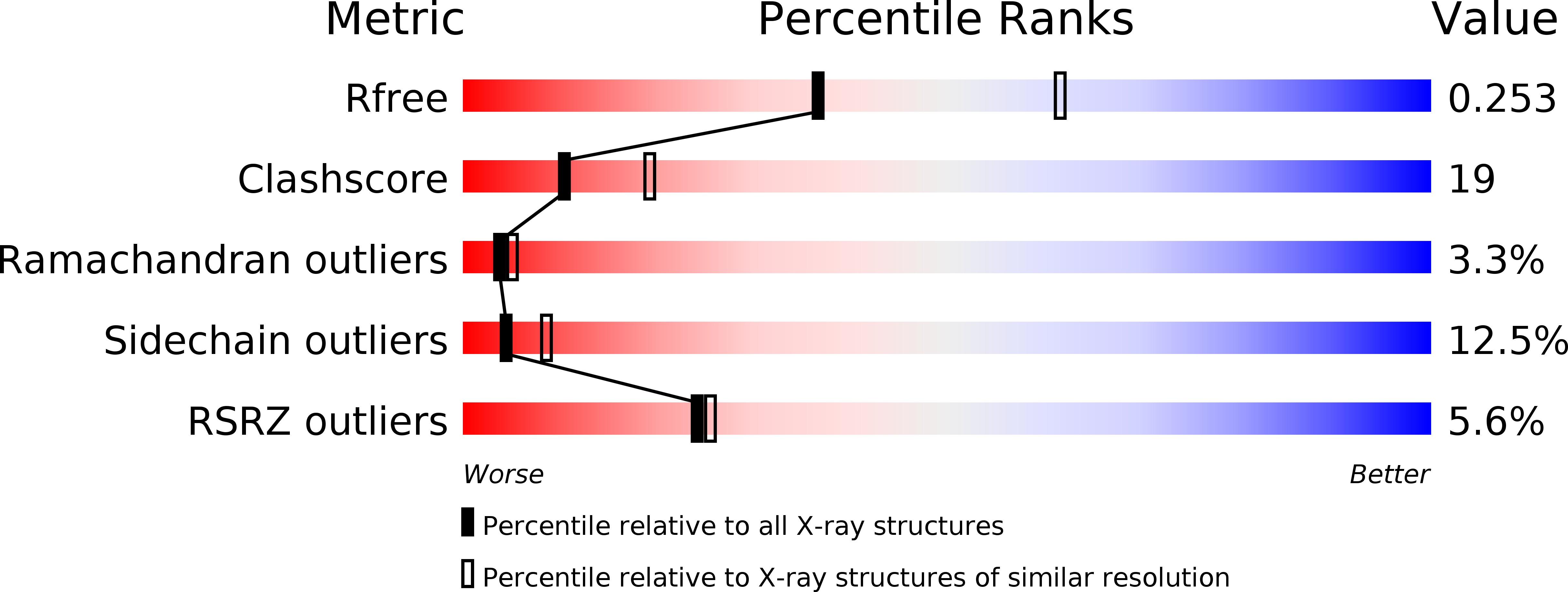
Deposition Date
2005-08-24
Release Date
2006-09-28
Last Version Date
2024-11-20
Method Details:
Experimental Method:
Resolution:
2.50 Å
R-Value Free:
0.30
R-Value Work:
0.26
R-Value Observed:
0.26
Space Group:
P 61 2 2


